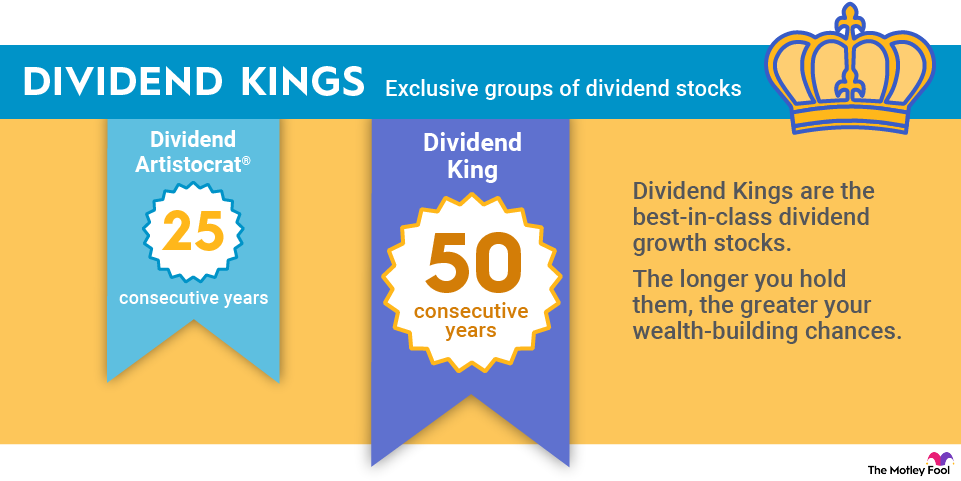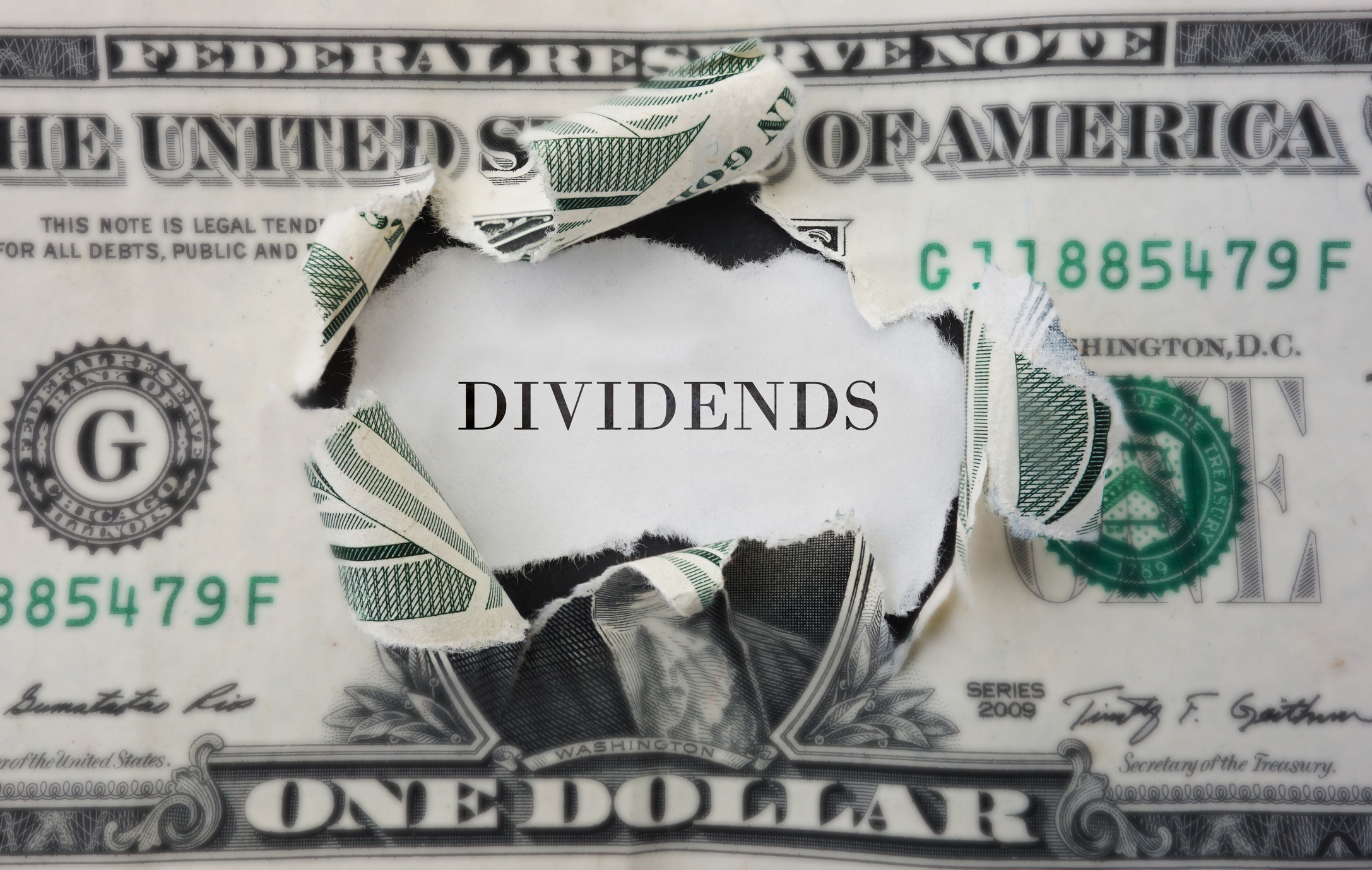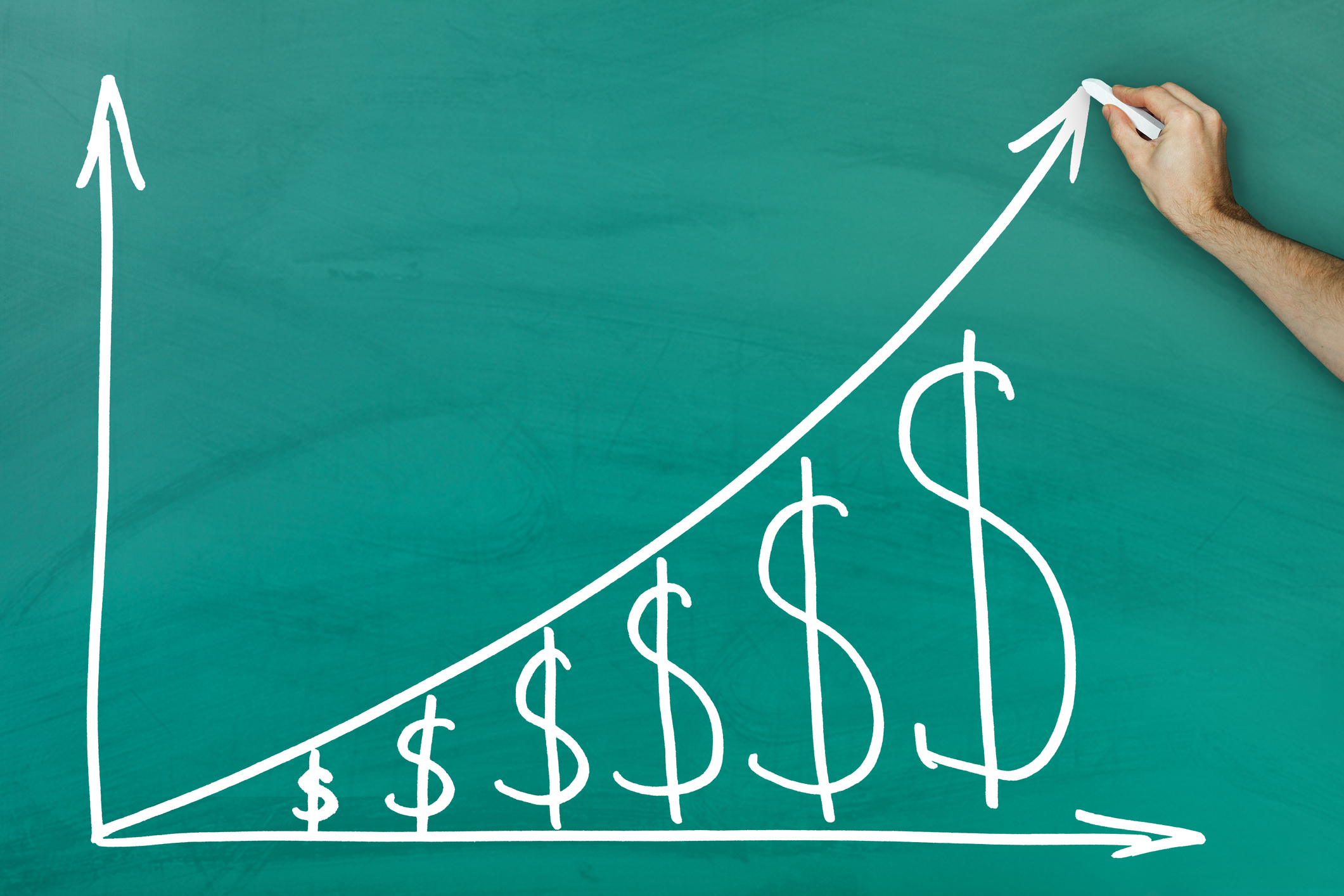There's no official definition of a high-yield dividend stock. However, most investors would classify it as a stock with a dividend yield higher than a common benchmark such as the S&P 500 index or a 10-year U.S. Treasury note.
In October 2025, the dividend yield on the S&P 500 averaged less than 1.2%, approaching its record low. Meanwhile, the yield on the 10-year note was slightly above 4%, a relatively high level compared to recent years due to the Federal Reserve maintaining elevated interest rates.

Many investors would consider a stock to have a high dividend yield if it were double the S&P 500; others would require a payout at or above the 10-year note level. Those baseline measurements aside, investors shouldn't buy a stock solely because of its dividend yield.
They need to make sure the dividend payments are sustainable. The company should be high-quality, with durable cash flow, a strong balance sheet, and visible growth potential. With all that in mind, here are 20 high-yield dividend stocks to consider buying for dividend income.
Twenty high-yield dividend stocks to watch
| Name and ticker | Annual dividend | Dividend yield | Industry |
|---|---|---|---|
| AbbVie (NYSE:ABBV) | $6.56 | 2.87% | Biotechnology |
| Mid-America Apartment Communities (NYSE:MAA) | $6.06 | 4.51% | Residential REITs |
| Brookfield Infrastructure (NYSE:BIPC) | $1.70 | 3.87% | Gas Utilities |
| Brookfield Renewable (NYSE:BEPC) | $1.47 | 3.77% | Independent Power and Renewable Electricity Producers |
| Duke Energy (NYSE:DUK) | $4.20 | 3.26% | Electric Utilities |
| Chevron (NYSE:CVX) | $6.76 | 4.35% | Oil, Gas and Consumable Fuels |
| Enbridge (NYSE:ENB) | $2.67 | 5.60% | Oil, Gas and Consumable Fuels |
| Gilead Sciences (NASDAQ:GILD) | $3.14 | 2.59% | Biotechnology |
| Healthpeak Properties (NYSE:DOC) | $1.32 | 7.07% | Health Care REITs |
| Regions Financial (NYSE:RF) | $1.02 | 4.21% | Banks |
| Extra Space Storage (NYSE:EXR) | $6.48 | 4.26% | Specialized REITs |
| Pfizer (NYSE:PFE) | $1.71 | 6.92% | Pharmaceuticals |
| Vici Properties (NYSE:VICI) | $1.75 | 5.59% | Specialized REITs |
| Realty Income (NYSE:O) | $3.21 | 5.32% | Retail REITs |
| Verizon Communications (NYSE:VZ) | $2.72 | 6.84% | Diversified Telecommunication Services |
| T. Rowe Price Group (NASDAQ:TROW) | $5.05 | 4.91% | Capital Markets |
| PepsiCo (NASDAQ:PEP) | $5.56 | 3.63% | Beverages |
| NNN REIT (NYSE:NNN) | $2.34 | 5.54% | Retail REITs |
| Main Street Capital (NYSE:MAIN) | $3.01 | 5.17% | Capital Markets |
| Enterprise Products Partners (NYSE:EPD) | $2.14 | 6.89% | Oil, Gas and Consumable Fuels |
Here's a brief look at what makes each of these high-yield dividend stocks look like attractive buys in 2025.
1. AbbVie

NYSE: ABBV
Key Data Points
Drugmaker AbbVie (ABBV -0.19%) has had an excellent dividend track record since its 2013 spinoff from Abbott Labs (ABT -1.20%). From its inception through mid-2025, AbbVie has increased its payout by a whopping 310%. The company has also carried on the dividend growth legacy it inherited from Abbott by boosting its payout every year.
AbbVie has invested heavily in developing new therapies. It has also made several blockbuster acquisitions, including closing its $2.1 billion deal for Capstan Therapeutics in mid-2025 to refill its pipeline and drive future growth. That puts it in excellent shape to keep the dividend income flowing and growing.
2. Mid-America Apartment Communities

NYSE: MAA
Key Data Points
As one of the largest apartment owners in the country, Mid-America Apartment Communities (MAA)(MAA +0.05%) benefits from collecting steady rental income to support its high-yielding payout. The real estate investment trust (REIT) also boasts a top-tier financial profile. The company's financial strength allows it to expand its apartment portfolio by developing and acquiring new communities.
Since its 1994 initial public offering (IPO), MAA has never suspended or reduced its dividend. As of September 2025, it had raised its payment for 15 consecutive years. With demand for apartments continuing to grow, the REIT should be able to keep increasing its dividend in the coming years. The landlord had almost $1 billion of apartment communities under construction to support its continued growth.
3. Brookfield Infrastructure

NYSE: BIP
Key Data Points

NYSE: BEP
Key Data Points

NYSE: DUK
Key Data Points

NYSE: MAIN
Key Data Points
7. Chevron

NYSE: CVX
Key Data Points

NYSE: ENB
Key Data Points

NYSE: EPD
Key Data Points

NASDAQ: GILD
Key Data Points

NYSE: DOC
Key Data Points

NYSE: RF
Key Data Points

NYSE: EXR
Key Data Points
14. NNN REIT

NYSE: NNN
Key Data Points

NYSE: PFE
Key Data Points

NYSE: VICI
Key Data Points

NYSE: O
Key Data Points

18. Verizon Communications

NYSE: VZ
Key Data Points

NASDAQ: TROW
Key Data Points

NASDAQ: PEP
Key Data Points
Pros and cons of investing in high-yield dividend stocks
Investing in high-yield dividend stocks has its share of benefits and drawbacks. Some of the pros include:
- More income: Investing in high-yield dividend stocks enables you to generate more dividend income from every dollar you invest compared to lower-yielding stocks or those that don't pay a dividend.
- Lower volatility: High-yielding dividend stocks tend to be slower-growing companies and are often less volatile.
- Higher long-term total return potential: Higher-yielding dividend stocks can often produce higher total returns over the long term as the dividend income adds up.
On the other hand, here are some cons of investing in higher-yielding dividend stocks:
- Potentially higher risk profile: Some higher-yielding dividend stocks are at higher risk of reducing their dividends due to high payout ratios or weaker financial profiles.
- Slower growth: Most higher-yielding dividend stocks tend to be slower-growing companies.
Great income now, more later
All 20 of these dividend stocks offer an above-average yield, making them stand out in a time when many companies don't pay very high dividends. Even better, each one has a solid track record of steadily increasing its dividend and showing no signs of stopping. That makes them great income stocks to buy and hold for the long haul.






